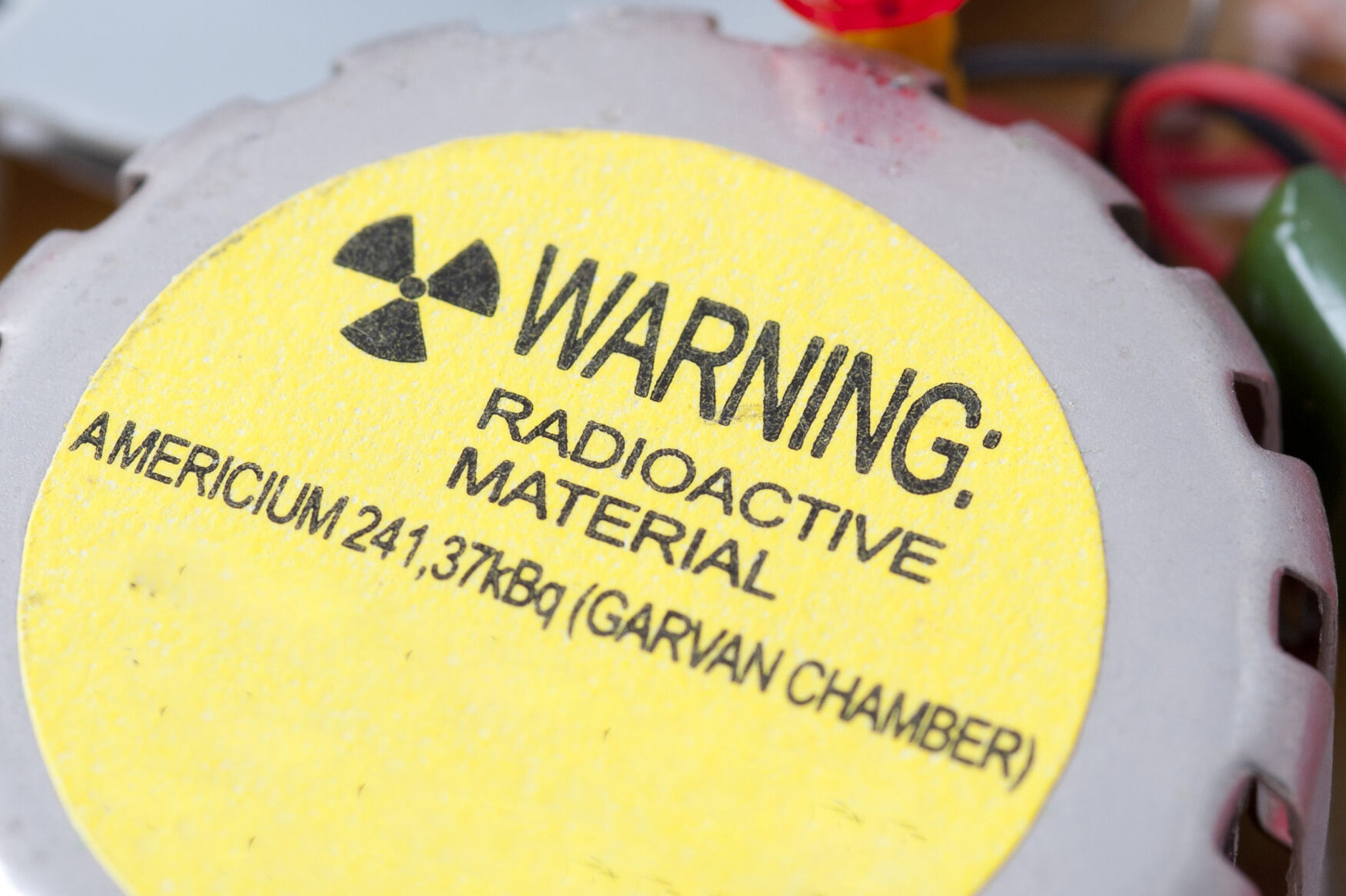Consumer products with radiation may sound like something out of a science fiction movie, but the truth is that they are all around us. From vintage lenses to everyday household items like smoke detectors, some consumer products contain small amounts of radioactive material. Here are five examples:
Smoke Detectors
To alert people in a fire emergency and prevent further damage, a household or an establishment can use smoke detectors. Some of these detectors, particularly ionisation detectors, contain a very small amount of Americium-241. This radioactive material emits alpha particles and low energy gamma rays. To check the detector type, check the base for a radiation symbol.

These are generally safe since the radiation dose is very low but for safety, these should be properly disposed of as well. Some manufacturers have a recycling system and will have the spent detectors returned to them. Some communities also have a recycling centre—in NSW, you can drop off old smoke alarms at a Household Chemical CleanOut event or a Community Recycling Centre.
Cigarettes
We all know the harmful effects of smoking cigarettes and tobacco with all their toxic substances but few people know that tobacco contains radioactive materials. Polonium-210 and Lead-210 are found naturally in the soil and air and trace amounts are also in high-phosphate fertilisers used by farmers. Even after the tobacco has been processed, the radionuclides remain on the tobacco leaves.

EXIT Signs
Wonder why many exit signs light up even when the power is out? That’s because these contain tritium, a naturally-occurring radioactive isotope of hydrogen. Even without electricity or batteries, tritium exit signs can glow for more than a decade.

No radiation is released unless a sign is dropped or smashed. Even so, beta particles from tritium can be stopped by a layer of clothing or a thin aluminium layer. It will only cause extremely harmful effects if it’s ingested or inhaled.
When broken or spent, tritium exit signs should be disposed properly.
Old Watches and Clocks
Luminous watches and clocks made before the 70s used radioactive materials in their luminous dials to make them visible in the dark. The most common radioactive material used for this was radium, which was added to a phosphorescent paint. The radium emitted alpha particles that caused the phosphorescent paint to glow in the dark.

Modern luminous watches and clocks are now using tritium, which is a safer alternative. While tritium is still radioactive, it poses less of a risk to health than radium.
Old Camera Lenses
From Canon to Kodak, some vintage lenses contained thorium, a naturally occurring radioactive metal. Adding this to glass was thought to be useful, as it allows a high index of refraction on the lens.
This means that if we want glass that can bend light a lot, it can make the lens thinner and lighter, which is easier for us to use. But this special glass has a problem – it also bends different colors of light differently. This can make the image blurry or distorted.

Adding thorium to the glass can solve this problem. This makes the glass still really good at bending light a lot, but it also makes sure that all the colours of light are bent the same amount. This means the lens will produce a clear and sharp image.
Real Time Radiation Monitoring
Radiation’s many uses and benefits extend to normal daily activities, like with these consumer products. Radiation is everywhere but it doesn’t mean that danger is, too! Background radiation is in low doses but for radiation workers, monitoring occupational exposure is part of their safety measures.
Looking for area radiation monitors or personal radiation monitoring devices? You can count on SensaWeb. With our monitors, you can easily detect and interdict radioactive materials.
Connect with us here or at our email address: info@sensaweb.com.au. You can also call us at +61 415 409 467.